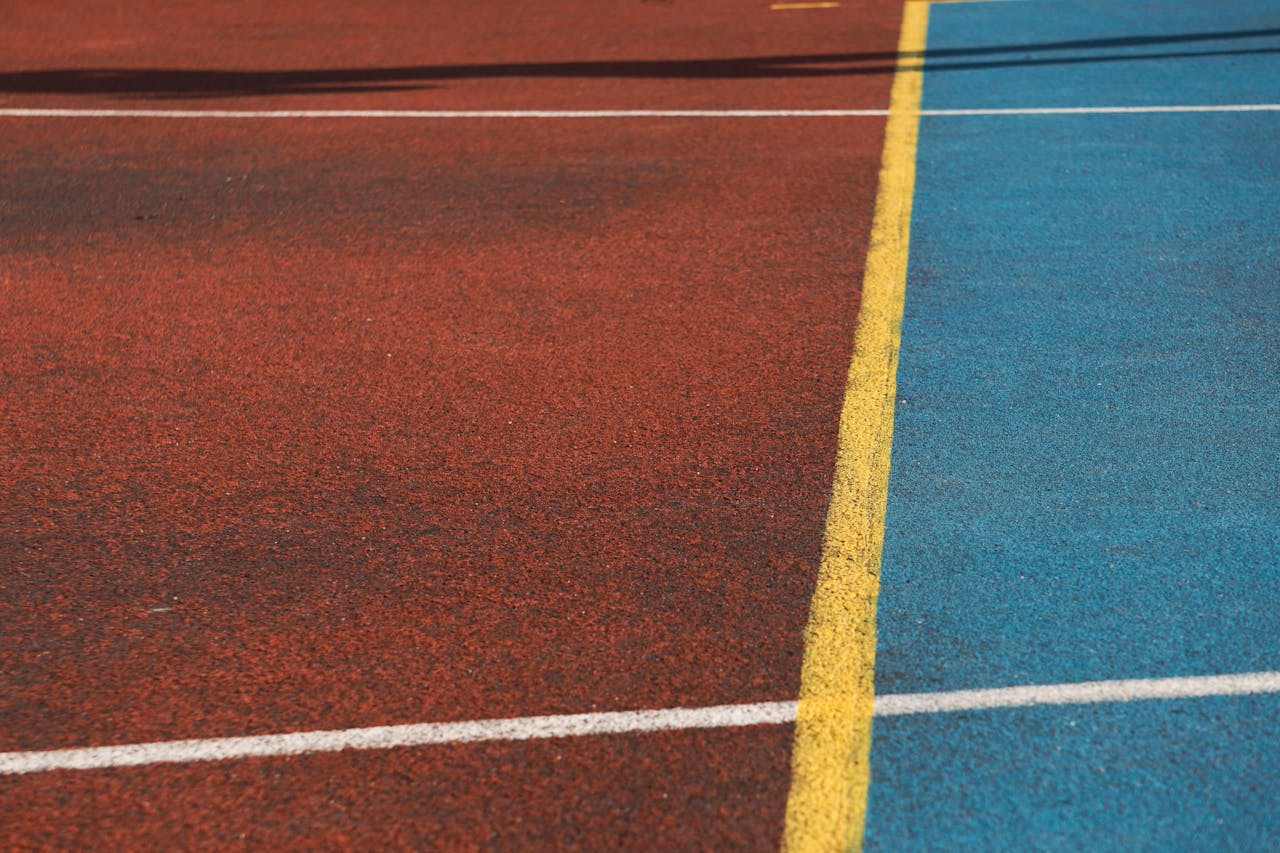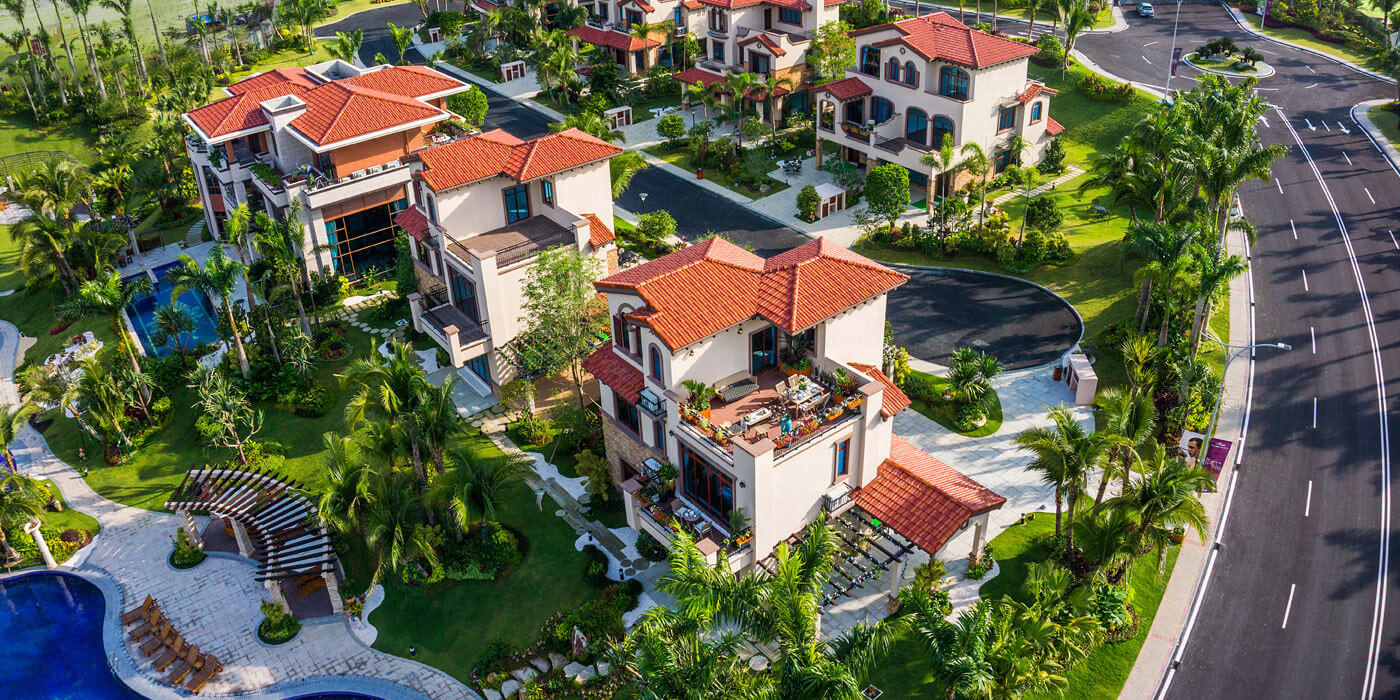Choosing the right rubber flooring for playgrounds is crucial for ensuring safety, durability, and an engaging environment for children.
EPDM (Ethylene Propylene Diene Monomer) and SBR (Styrene-Butadiene Rubber) are two popular options. This comparison will help you decide which material is better suited for playgrounds based on various factors.
Introduction to Rubber Flooring in Playgrounds
Playground flooring is important for creating a safe play environment. Rubber flooring, known for its shock-absorbing properties, is a popular choice. The two main types of rubber used are EPDM and SBR, each with unique characteristics that make them suitable for different applications.
Overview of EPDM and SBR Rubber
EPDM Rubber Flooring
- Composition: Made from ethylene, propylene, and a diene monomer.
- Properties: Highly durable, weather-resistant, and UV-resistant.
- Common Uses: Outdoor playgrounds, sports surfaces, and other outdoor applications.
SBR Rubber Flooring
- Composition: A synthetic rubber made from styrene and butadiene.
- Properties: Offers good abrasion resistance, but less UV and weather resistance compared to EPDM.
- Common Uses: Often used in indoor applications or environments with less exposure to the elements.
Safety Considerations
Impact Absorption
- EPDM: Known for superior impact absorption, providing a softer and safer surface, reducing injury risk from falls.
- SBR: Also provides good impact absorption but is generally considered slightly less effective than EPDM in playground settings.
Slip Resistance
Both EPDM and SBR can be designed with textures to provide good slip resistance. However, EPDM generally has better natural slip-resistant properties, especially when wet.
Non-Toxicity
- EPDM: Free from harmful chemicals, making it safe for children’s environments.
- SBR: Generally safe, but the quality can vary depending on manufacturing standards. Always check for safety certifications.
Durability and Longevity
EPDM
- Weather Resistance: Extremely resistant to UV radiation, ozone, and temperature changes, making it ideal for outdoor use.
- Longevity: Maintains its structure and color over time, even under heavy use.
SBR
- Weather Resistance: Less resistant to UV and ozone, which can cause the material to degrade faster when exposed to sunlight.
- Longevity: Suitable for indoor applications but may require more maintenance and earlier replacement in outdoor playgrounds.
Environmental Impact
EPDM
- Recyclability: Fully recyclable, contributing to sustainable practices.
- Eco-Friendliness: EPDM’s long lifespan reduces the need for frequent replacements, lowering its environmental footprint.
SBR
- Recyclability: Can also be recycled, though the process may be more complex.
- Eco-Friendliness: SBR’s shorter lifespan means it may need to be replaced more often, increasing its environmental impact.
Cost Comparison
EPDM
- Initial Cost: Higher than SBR due to its superior durability and weather resistance.
- Long-Term Cost: More cost-effective over time, as it requires less maintenance and has a longer lifespan.
SBR
- Initial Cost: Lower upfront cost, making it attractive for budget-conscious projects.
- Long-Term Cost: May result in higher long-term costs due to more frequent maintenance and replacement.
Installation and Maintenance
EPDM
- Installation: Requires professional installation for optimal performance, especially outdoors.
- Maintenance: Low maintenance requirements. Occasional cleaning is usually sufficient to keep it in good condition.
SBR
- Installation: Easier to install, sometimes suitable for DIY projects. However, professional installation is recommended for better durability.
- Maintenance: Requires more frequent cleaning from tools like high pressure washer and may need repairs or replacements sooner in outdoor settings.
Performance in Outdoor Conditions
EPDM
- Weather Resilience: Performs well in all weather conditions, including rain, snow, and intense sunlight.
- Color Retention: Maintains its color over time without significant fading.
SBR
- Weather Resilience: More susceptible to UV degradation, which can lead to brittleness and fading.
- Color Retention: Colors may fade faster, requiring more frequent replacements to maintain appearance.
Aesthetic Options
EPDM
- Variety: Available in a wide range of colors and can be customized with patterns or designs, making it visually appealing.
- Consistency: Maintains color consistency over time, even in outdoor conditions.
SBR
- Variety: Available in multiple colors, though the range may not be as extensive as EPDM.
- Consistency: Colors may fade with exposure to sunlight, impacting long-term aesthetics.
Conclusion: Which Is Better for Playgrounds?
When comparing EPDM and SBR for playgrounds, EPDM rubber flooring generally proves to be the better choice due to its superior:
- Durability: More resistant to weathering, UV rays, and wear.
- Safety: Better impact absorption and slip resistance.
- Long-Term Value: Higher initial cost, but fewer replacements and maintenance needs make it more cost-effective in the long run.
- Aesthetic Longevity: Colors and designs last longer, even in outdoor environments.
SBR rubber flooring can still be a good option for indoor playgrounds or controlled environments where UV exposure and extreme weather are not a concern. Its lower cost and easier installation make it suitable for budget-limited projects.
Final Recommendation: For outdoor playgrounds, EPDM rubber flooring is the ideal choice for long-lasting safety and durability. For indoor settings or budget-conscious projects, SBR rubber flooring can be a practical alternative.



